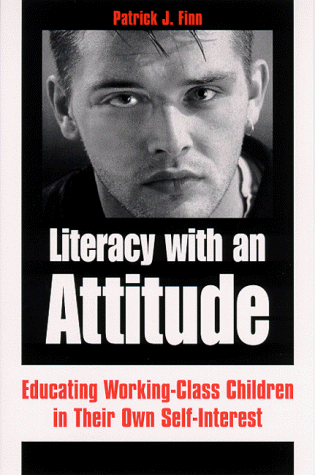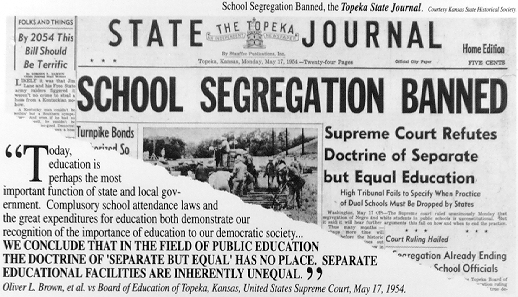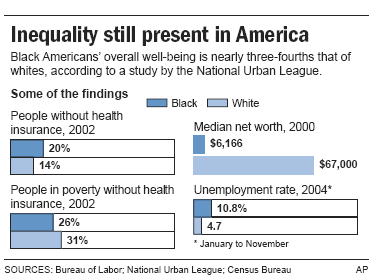In "Empowering Education: Critical Teaching for Social Change" by Ira Shor argues that modern day education is too focused on drilling information into students brains and expecting them to memorize facts and data, instead of allowing children to make meaning of materials and act from reflection.
“If the students’ task is to memorize rules and existing knowledge, without questioning the subject matter, or the learning process, their potential for critical thought and action will be restricted”(Shor 12) This quote really reminded me of the class discussion/activity for Jeannie Oakes article, "Tracking: Why Schools Need to Take Another Route." In the activity, Dr. Bogad asked for us to be the type of students and learners that Ira Shor describes in his article. She gave us a basic worksheet that consisted of true and false and fill in the blank answers that did not challenge our intelligence or understanding of the reading. It simply asked us to find answers in the text, with no critical thinking or true learning needed to complete it. Dr. Bogad's hopes for the assignment was that we would question the status quo and refuse to do work that didn't develop knowledge or set us up to be successful in the future. She went on to tell us that students that go to upper-class or Ivy League schools are being taught to question authority and become critical learners,which will in conclusion lead them to have successful jobs in the future as CEO's and business owners. However, students like myself were raised to never question the school curriculum or the work that teachers give me, just do it and pass it in for a good grade, whether if it produces learning or not. I think this is really closely related to Shor's point, he states that a lot of education in schools are based purely on memorizing facts and not questioning those facts or creating critical thought on subject matter, but he strives for all student's to question the status quo.
“School funding is another political dimension of education, because more money has always been invested in the education of upper-class children and elite collegians than has been spent on students from lower-income homes and in community college.” (Shor 15) This quote reminds me of Finn's argument in his article, "Literacy with an Attitude" He critiques education in poor and working-class schools and districts. He is critical of these teachers giving students the type of education that will help them become middle class and live middle-class lives. Instead the education given to these students should focus on a "powerful literacy—a literacy with an attitude—that enables working-class and poor students to better understand, demand, and protect their civil, political, and social rights"(Finn). Students in upper-class families and communities are given the tools and education from their teachers to become successful in the future. While working-class students on the other hand are given the education to keep them in working-class jobs for the rest of their lives. Much like Finn, who is critical of the difference of education given to upper-class and working-class students, Shor also believes that education in working-class schools should allows students to understand and demand their political civil rights just like in an upper-class school. 










